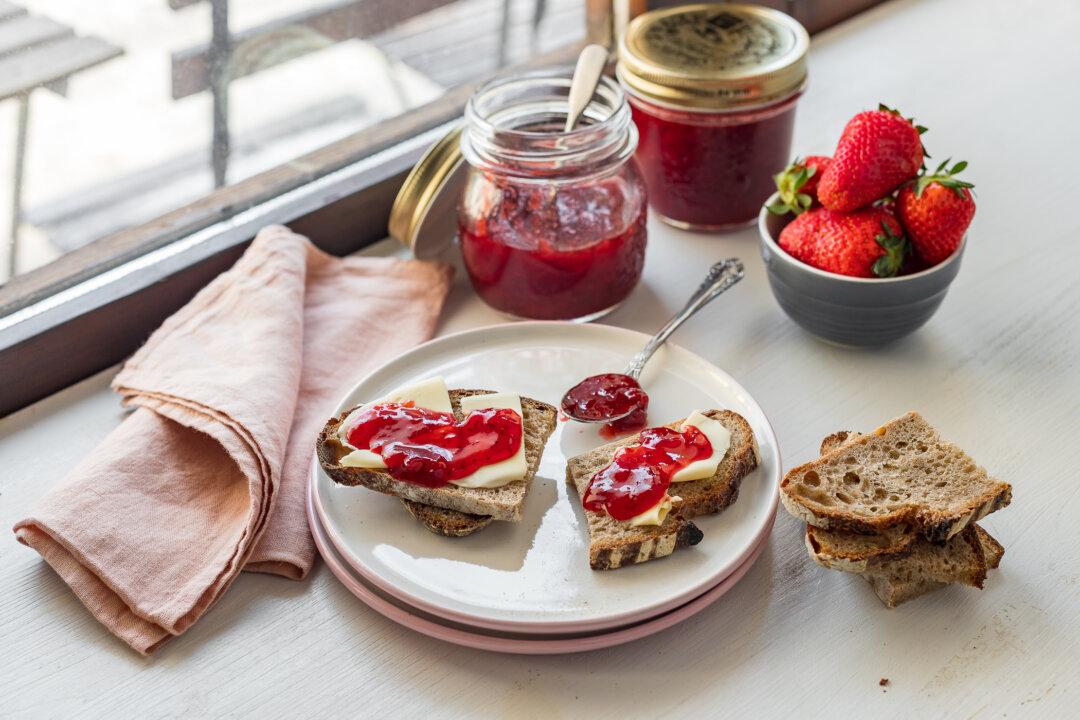Growing up, the pantry was always my favorite room in the house.
Every time I went to grab a jar of jam or a bottle of tomato sauce, my eyes would fondly pass over the collection of jars neatly aligned on the shelves, glistening in the dark, each labeled with my mum’s quick handwriting.





